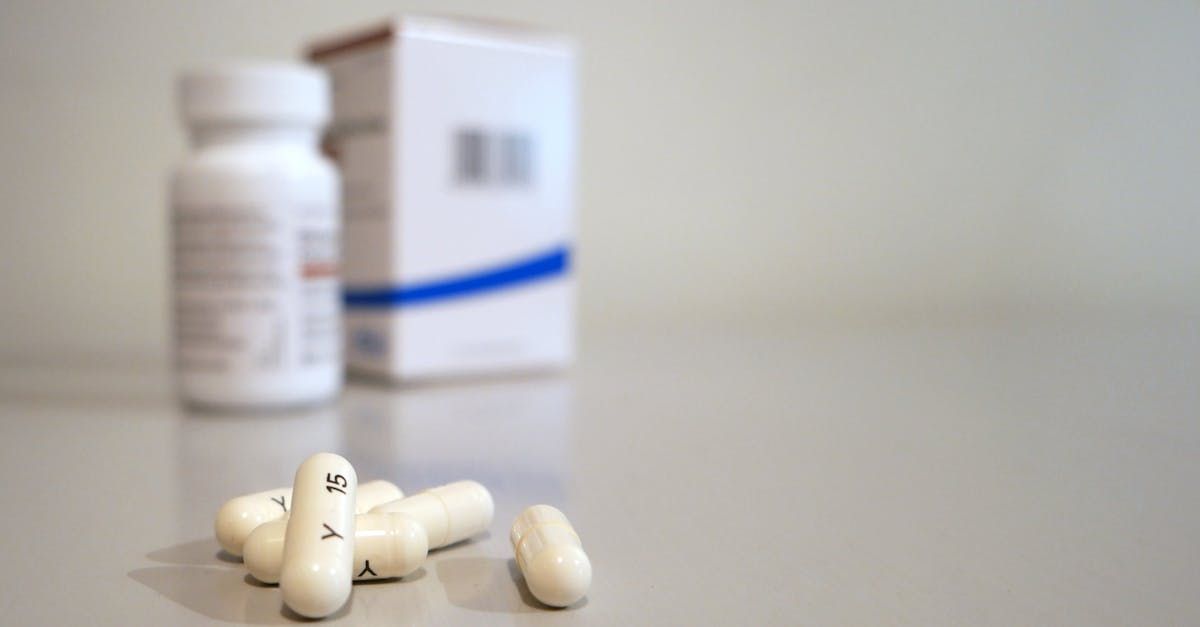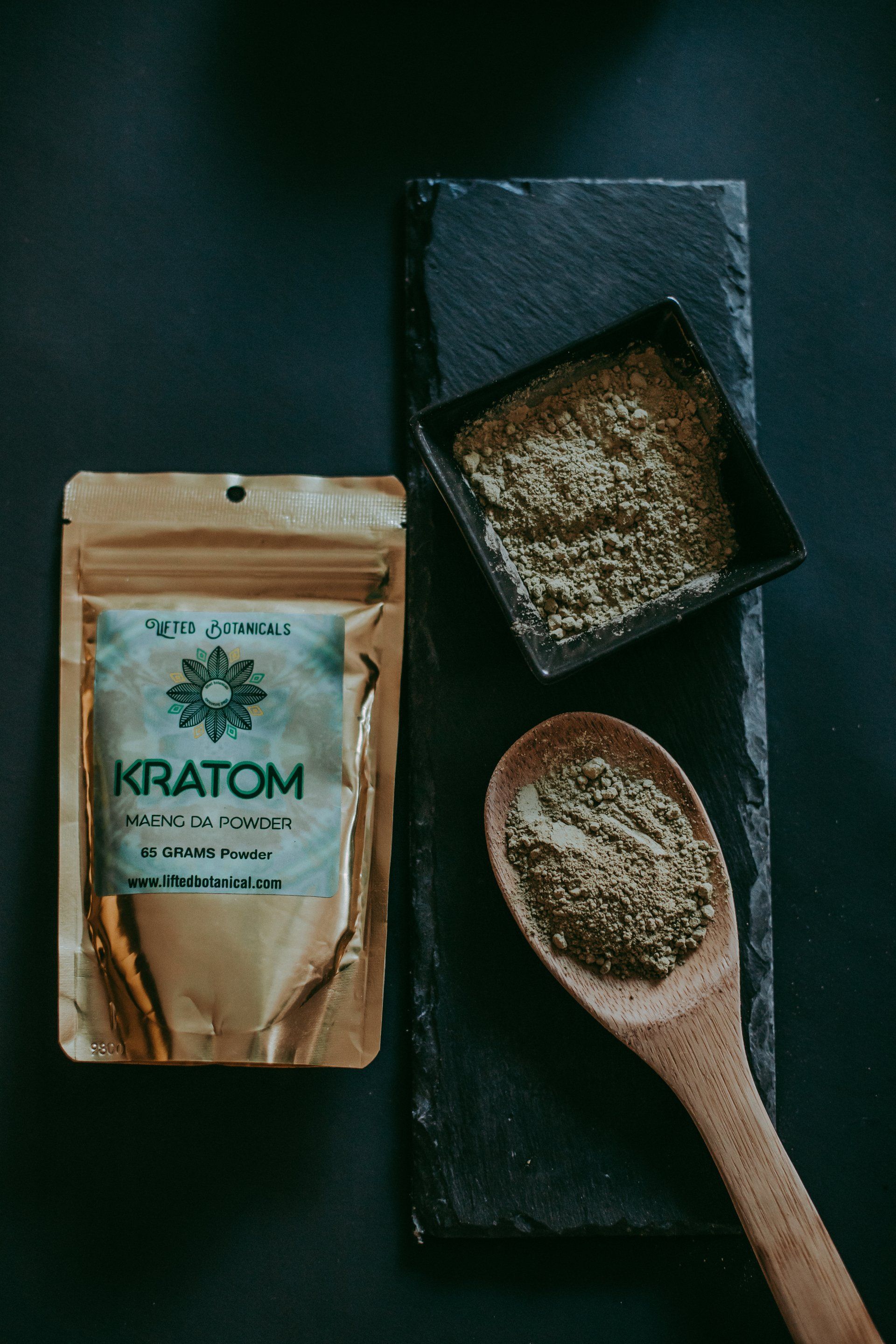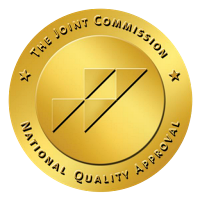Get Help With Your Addiction

What Are Examples of Class 2 Drugs
Class 2 drugs, often referred to as Schedule II drugs, are a hot topic in the medical and legal world. They strike a balance between potential medical benefits and risks. But what exactly are these drugs, and why are they so controversial? Let’s dive deep and unearth the facts.
What Are Examples of Class 2 Drugs?
Class 2 drugs encompass a wide range of substances. Some common examples include morphine, oxycodone, hydrocodone, methamphetamine, and Adderall. Each of these drugs has specific medical applications but also comes with its own set of risks.
Differentiating Drug Classes
Understanding the classification of drugs can be a tad tricky.
Overview of Drug Scheduling
The Drug Enforcement Administration (DEA) schedules drugs based on their potential for abuse and medical benefits. Class 2 drugs are known for having a high potential for abuse but also recognized medical uses.
Characteristics of Class 2 Drugs
These drugs often possess qualities like a high potential for addiction, strict prescription guidelines, and significant medical applications.
The Medical Uses of Class 2 Drugs
Contrary to popular belief, Class 2 drugs aren’t just about recreational use.
Pain Management
Many opioids like morphine are crucial for managing severe pain, especially post-surgery or for cancer patients.
ADHD Treatment
Drugs like Adderall are vital for individuals with ADHD, helping them focus and function in daily life.
Weight Loss and Appetite Control
Some Class 2 drugs can be used to control appetite and aid in weight loss, though this use is less common.
The Risks Associated with Class 2 Drugs
No drug comes without its set of risks.
Dependency and Addiction
The high potential for addiction is a significant concern with many Class 2 drugs. Regular use can lead to physical and psychological dependence.
Side Effects and Adverse Reactions
From nausea to more severe reactions, the side effects can vary widely based on the drug and individual.
Legal Implications of Class 2 Drugs
The legal landscape surrounding these drugs is stringent.
Prescription Requirements
One cannot simply buy Class 2 drugs over the counter. They require a valid prescription.
Legal Penalties for Misuse
Possession without a prescription or selling Class 2 drugs can lead to severe legal penalties.
The Global Scenario: Class 2 Drugs Worldwide
Different countries have their own classifications and regulations, but the concerns surrounding these drugs are universal.
Personal Experiences with Class 2 Drugs
During my college years, I remember a friend who was prescribed Class 2 drugs due to a severe chronic pain issue. Witnessing his journey was both enlightening and harrowing. Initially, the medication provided him immense relief, allowing him to resume his day-to-day activities without debilitating pain. However, over time, he began to exhibit signs of dependence. The line between medical necessity and potential misuse became blurred. It was through his experiences that I realized the dual-edged nature of these powerful medications. They offer significant benefits, but they also come with serious risks if not managed properly.
A Patient’s Perspective
Living with a chronic illness is never easy, especially when the pain becomes unbearable. As a patient, being prescribed a Class 2 drug felt like a lifeline. The medication granted me periods of relief, allowing me to live moments of my life without the constant reminder of my ailment. However, it wasn’t without challenges. The fear of dependency constantly loomed, and the societal stigma associated with these drugs often made me feel isolated. It’s a delicate balance – managing pain while also ensuring that the medication doesn’t take over one’s life. As a patient, all I wished for was understanding and support from those around me.
A Pharmacist’s Insight
From behind the counter, a pharmacist sees a wide spectrum of patients, each with their unique medical history and needs. Class 2 drugs, known for their potential for abuse, require special attention. As a pharmacist, my role isn’t just to dispense these medications but to educate and guide patients on their proper use. It’s crucial to ensure that prescriptions are legitimate and that patients are aware of the potential risks. Regular consultations and check-ins help in monitoring any signs of misuse. Above all, it’s about building trust – assuring patients that their well-being is of utmost importance and that they have a knowledgeable ally in their journey towards better health.
The Path to Recovery: Overcoming Class 2 Drug Addiction
Addiction is a challenging journey, but recovery is possible.
Steps to Seek Help
Recognizing the problem is the first step, followed by seeking professional help.
The Importance of Support Systems
Friends, family, and support groups can play a crucial role in recovery.
Future of Class 2 Drugs
With research ongoing, the future holds potential for new discoveries and applications.
Research and Developments
As we progress, there’s hope for safer and more effective Class 2 drugs.
Potential New Uses and Discoveries
The medical world is ever-evolving, and who knows what the future holds?
The Balance of Use and Misuse of Class 2 Drugs
Class 2 drugs, often referred to as Schedule II controlled substances, possess a unique duality in the realm of pharmacology. On one hand, they are invaluable to medical professionals, offering therapeutic benefits that can significantly enhance the quality of life for patients suffering from various ailments.
Powerful painkillers like oxycodone and stimulants such as Adderall are prime examples of this category, providing much-needed relief from debilitating pain or assisting individuals with ADHD in managing their symptoms. On the other hand, the potent nature of these drugs makes them susceptible to misuse and abuse.
The euphoric effects that some Class 2 drugs can produce, coupled with their potential for physical and psychological dependence, have contributed to a surge in illicit consumption and the ongoing opioid crisis. Striking a balance between maximizing their therapeutic potential while minimizing the risk of misuse is a critical challenge facing both healthcare professionals and policymakers.
Frequently Asked Questions
What makes a drug fall into Class 2?
The DEA classifies drugs based on their potential for abuse and recognized medical uses. Class 2 drugs have a high potential for abuse but also accepted medical benefits.
Are all Class 2 drugs illegal without a prescription?
Yes, possession of Class 2 drugs without a valid prescription can lead to legal penalties.
What is the difference between Class 1 and Class 2 drugs?
Class 1 drugs, or Schedule I drugs, have no accepted medical use and a high potential for abuse. Class 2 drugs have recognized medical uses but also a high potential for abuse.
Can Class 2 drugs be purchased online?
Legally, no. Purchasing Class 2 drugs online without a prescription is illegal and risky.
Are there natural alternatives to Class 2 drugs?
Yes, there are natural therapies and remedies that can be alternatives, but it’s essential to consult with a healthcare professional.
How can one safely dispose of unused Class 2 drugs?
Most pharmacies offer drug take-back programs. Alternatively, follow the FDA’s guidelines for safe disposal at home.
If you or a loved one are struggling with drug or alcohol addiction call Sanctuary Recovery Centers in Phoenix, Arizona to get the best treatment plan to start the healing process.
The post What Are Examples of Class 2 Drugs appeared first on Sanctuary Recovery Centers.












